Abstract
Green spaces, with regard to Sydney in Australia comprise green stretches found in the urban landscape. These include the reserves, green urban life and gardens which provide recreational and reflection opportunities. Most of the families use them for relaxation purposes.
Other than that they also promote a health community and increase the habitats of various plants and animals. Due to the rapid growth in the population and the rate of industrialisation in Sydney there has been an imbalance between the green spaces and the building open spaces. This has affected the quality of air, human health, social interactions, local animal species, and recreational facilities.
The study uses different Sydney suburban areas on greenery and biodiversity for comparison purposes with aim of showing their function to the urban areas. The used data was collected from the internet and the rest from field studies. It has been concluded that through the understanding of green spaces value to humans, access can be increased and better management policies put in place to improve the green spaces.
Introduction
Green spaces have a lot of benefits to the human kind and the animals that live in the parks as well. These spaces provide recreational opportunities and reflections space for different people. Most of the families use them for relaxation purpose. However, because of industrialization the areas have become endangered. However, NSW Government (2011) has observed that urban population and densification has become a threat to the open spaces in Sydney. This would lead to decline in biodiversity as the ecosystem is being affected.
However, there are not many people who realise the needs and the importance that green spaces provide. The services provided by green spaces are great and a lot need to be done to conserve them. The premise of the study is to explore the green space use in Ashfield and give an analysis of services provided by the ecosystem. A comparison of Ashfield and suburbs in Sydney is also carried in order to draw the effects of the natural ecosystems on other species and human interaction
Methods
The study was carried in Ashfield, a suburb found in New South Wales, Australia. The suburb lies on latitude 33.890 and longitude 151.127 and has a total area of 3.5km2. The research used primary data collection methods in the Ashfield Park. Recording of human and other species was carried out during the fieldwork. The number of species in the open spaces was recorded, along with the types of species present.
Google maps and Ashfield Council site comprised the secondary data. This was used to locate geographical location, estimate the areas of green space and record based on the provided scale. A comparison was done based on class mean data of 31 other Australian suburbs.
Results
Maps, graphs and tables were used to represent the collected data for analysis purposes.
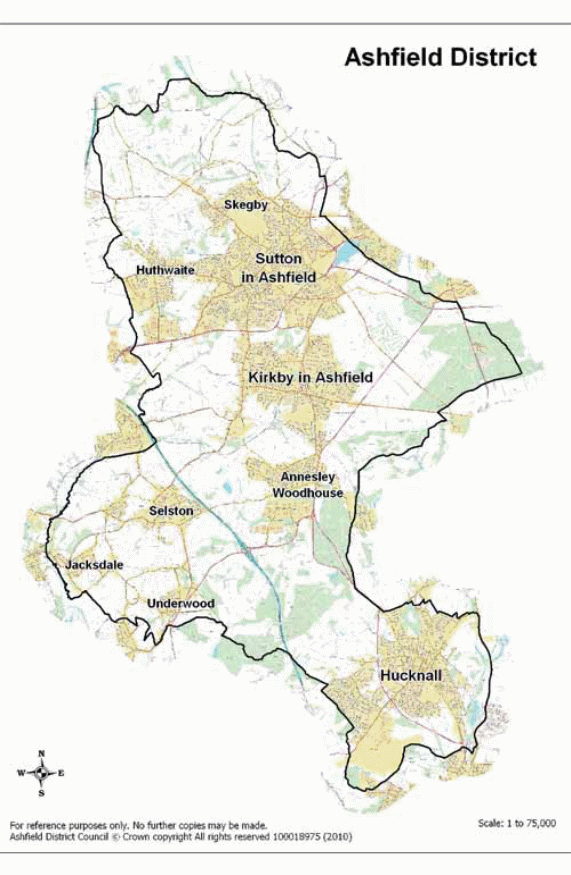
Table 1: Summary of characteristics of chosen suburb, average areas and green areas of all other suburbs (class data). (Source: Ashfield Council 2010).
Table 1 show that the total green area in Ashfield is less compared to the rest of the suburbs in Sydney. Based on the mean data of the rest of suburbs which comprises 0.85 km2, only makes a 15% of the green spaces occupied in the other suburbs in Sydney. Thus on individual basis, Ashfield has the largest green space compared to the other suburbs in Sydney although it has a small area coverage.
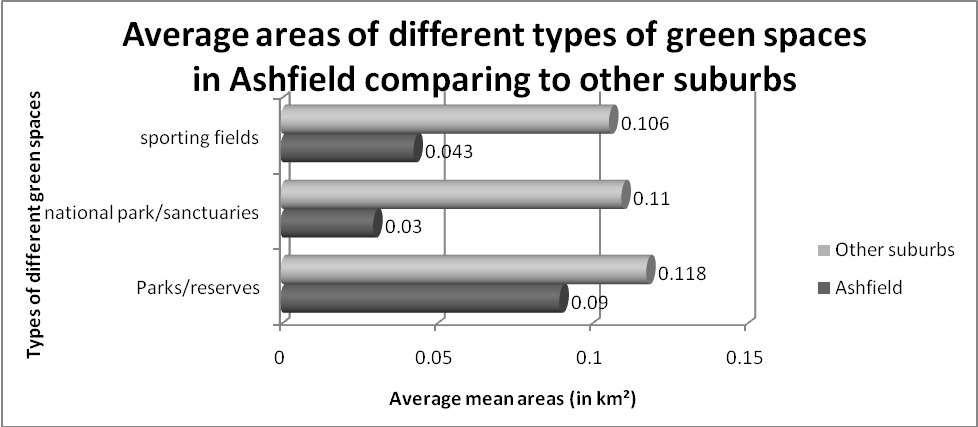

Table 2 and figure 2 show that Ashfield has more than 50% of its green spaces found in the reserves and parks (55.5%). Based on class data 15% of green area spaces in 13.9% of the total area are covered by reserves and parks. It can be concluded that reserves and parks form the largest percentage of the green spaces in Sydney compared to the other types of green space. However, based on figure 2 it is clear that all the other suburbs have a balance among its allocation of green spaces compared to Ashfield.
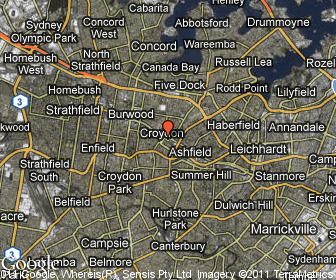

Ashfield Park

From the figure above Ashfield park forms 28% of all the green spaces in Ashfield. This forms a 4% of the total Ashfirld area compared to the 72% of the other areas in Ashfield. Based on the data Ashfield park makes 1.12% of the green spaces found in Ashfield. This forms a huge percentage compared to the area coverage of the other green spaces in Ashfield.
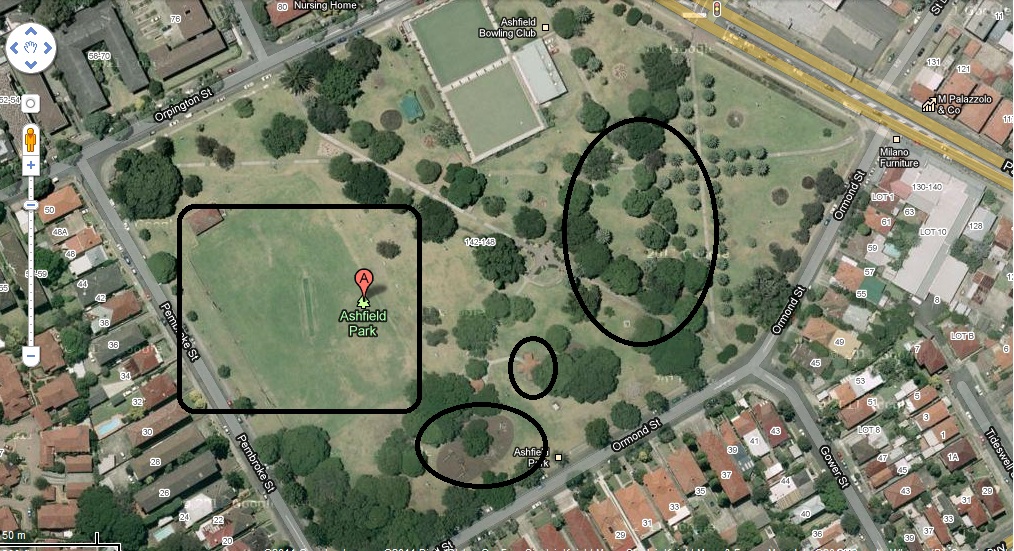
Soccer field Children’s playground BBQ facilities Gardens
From the above map, it is evident that trees cover a quarter of Ashfield Park (25%) with some patches of grass. Shrubs form 5% with no water sources in the park. Recreational facilities cover only a 5% of the total area of Ashfield Park.
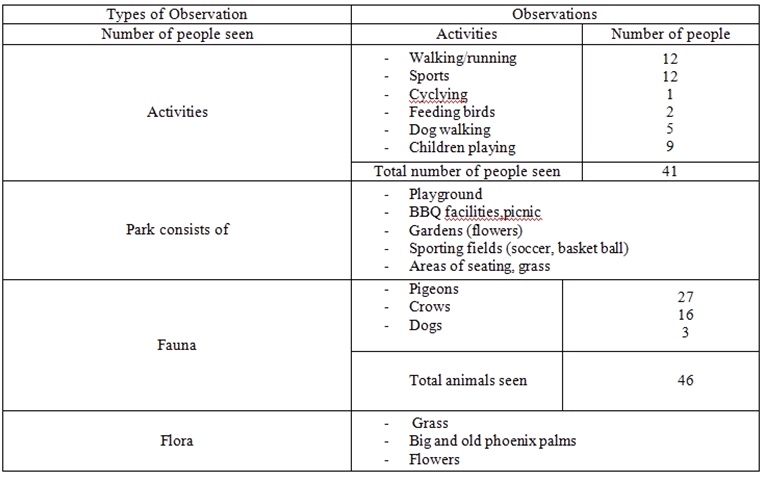
From the above table 3, 41 people were having fun in different recreational activities in the park. 5 of them were playing with their dogs after they did dog walking. Most of the people come to the park for recreational purposes like cycling, feeding birds among others. The total animals were 46 most of them being birds which were fed by people, 5 dogs, and 16 crows.
Discussion
Although green parks play an important role in the ecosystem, communities living around them have ignored the values associated with their existence. According to Green (2008) people living near or visits open spaces frequently live a positive health life. However, massive urbanization and industrialisation has the likelihood of reducing green spaces in Sydney.
Only 4% of Ashfield is covered by green space while the rest of the suburbs form 15%. The recreational and relation facilities found in Ashfield include Parks, sporting fields, reserves and sanctuary. From the results, it is evident that a national park is missing although it plays an important role in ecosystem services. However, given that Ashfield is a small suburb lack of national park or reserves can be understandable.
There is also unequal distribution of the green spaces in Ashfield which could have been necessitated by poor planning. This has led to poor maintenance of ecosystem services in Ashfield. Population growth has led to the decline in green spaces. According to Mathieson (2008, p. 7) population has increased in the cities; population from the industries has chocked the cities and reduced the green spaces. Human activities have decreased the area of green space in Ashfield and in the Australian cities in natural.
Ashfield Park provides recreational facilities to man such as picnic tables, wading pool, basket pool, playing equipment and shelter among others (Ashfield 2009). Ashfield Park forms one of the finest urban landscapes found in Sydney. This has been necessitated by the care and the reforestation carried occasionally. A research conducted by Morison and Mathieson (2008, p.7) showed that green spaces has shown that green spaces provide health promotion and changes the lifestyles of people. This is because of the recreational facilities provided and adequate air supply. This has made it an environmental corridor for residents.
Limitations of the study
The class data collected has a calculation error because the percentage of green spaces in Sydney does not tally with the percentage of the same on the normal field circumstances. This may have caused inaccuracy in the results given in the research. There was a possibility of counting errors during fieldtrip like counting the number of people and birds in the park therefore omission and commission of errors through the counting process. Therefore, another research would be appropriate to reduce the errors so as to get the exact figure to make sound conclusions on the green spaces in Sydney and Ashfield.
It can be concluded that green spaces need to be conserved for the various benefits they offer to flora and fauna. Green spaces need to be conserved to prevent the loss of and the long term ecological impacts they have on the environment. The government and other stakeholders can merge to save the green spaces. Encroachments of green space should be reduced since the construction of roads and other buildings is reduces these spaces.
Reference List
Ashfield Park, 2009, Park and recreation. Web.
Ashfield Council 2010, Ashfield Urban Planning. Web.
Ashfield Council, 2009, Recreation. Web.
Google Maps 2011, Ashfield. Web.
Green, p, 2008, Green spaces’ promote health. Web.
Morison, J & Mathieson., L, 2008, Scoping study economic value of irrigation in urban green open space. Web.
NSW Government, 2011, Metropolitan green space program: Building Sydney’s recreational trails. Web.